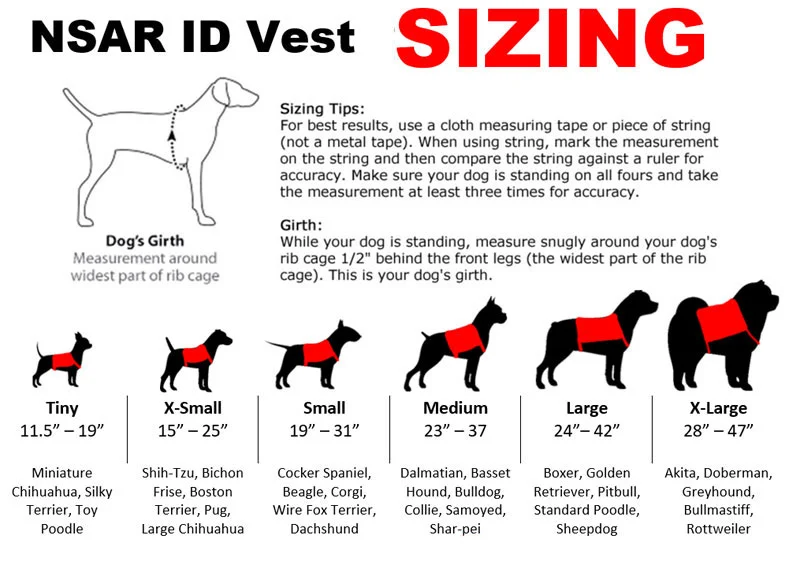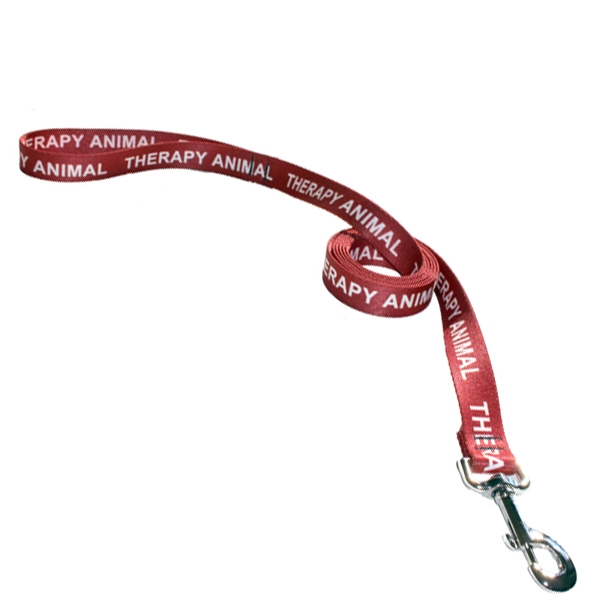How to Properly Train Your Service Dog

A service dog can be a major asset to your life if you suffer from a disability. This could be anxiety, physical ailment, or emotional disability. While some people reach out to an organization to provide the animal, others would prefer to use their own dog. Many feel the process will be easier with their own dog as they already feel comfortable with them. For many people, hiring a professional to train your dog with you is the best way of making them a support animal. Others would rather attempt the training on their own. Here are some tips for properly training your dog to be a support animal.
Find Your Dog
If you don’t already have the dog you want to make your support animal, you will have to find one. It’s widely believed that the breed of the dog is an important factor. It’s actually the temperament that is most important rather than the breed. When choosing a dog to be trained as a support animal, you want one that is intelligent and trainable. For this reason, it’s best to choose a dog between six months and a year in age. Ideally, you’ll want to choose a dog that will approach you without hesitation and doesn’t show aggression, such as growling. A dog that desires contact with you is also good as this shows it’s more docile.
Basic Training
The first part of training a service dog is making sure that they understand basic commands and obedience. These basic commands, such as “sit” and “down,” are useful for any dog but are more important for service dogs. An important aspect of a service dog that separates them from others is their obedience. A service animal must have excellent obedience skills in order to help you. An important aspect of training is to ensure that they don’t get distracted by sniffing other animals or people. This training is often done by having someone walk up to you while the dog is looking at you. If the dog looks at the other person, they should look right back to you. This is because they need to know to pay attention to you and not become distracted. During these early stages of training, the dog is often rewarded with treats.

Special Skills
When training your dog to be a service animal, you’ll teach them specific skills. These skills will depend on your disability because those with different disabilities will need their service dog to perform different tasks. While dogs are smart and can learn many skills, they can only take in so much information in a short period of time. To avoid overwhelming your dog, the skills should be taught slowly, step by step. For example, if you’re teaching your dog to retrieve keys, you first need them to respond to the word “keys.” Then you need to teach them to pick the keys up and bring them to you. It’s best to teach these skills in five to ten minute intervals.
Living with a disability can be made easier with the assistance of a support dog. Properly training the dog is essential to ensuring that they are qualified to help you when needed.
Contact the National Service Animal Registry for more information on registering your dog as a support animal or receiving a service dog certification online.














































































